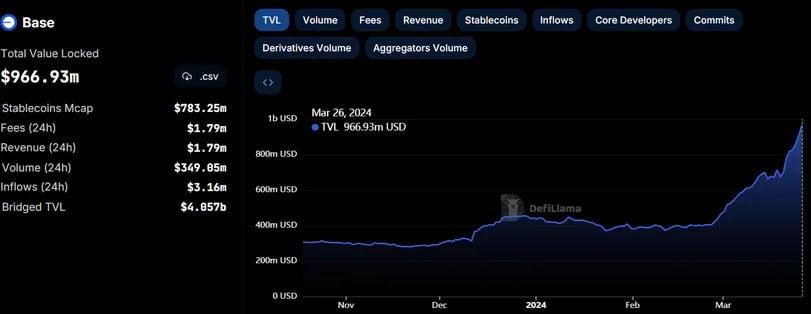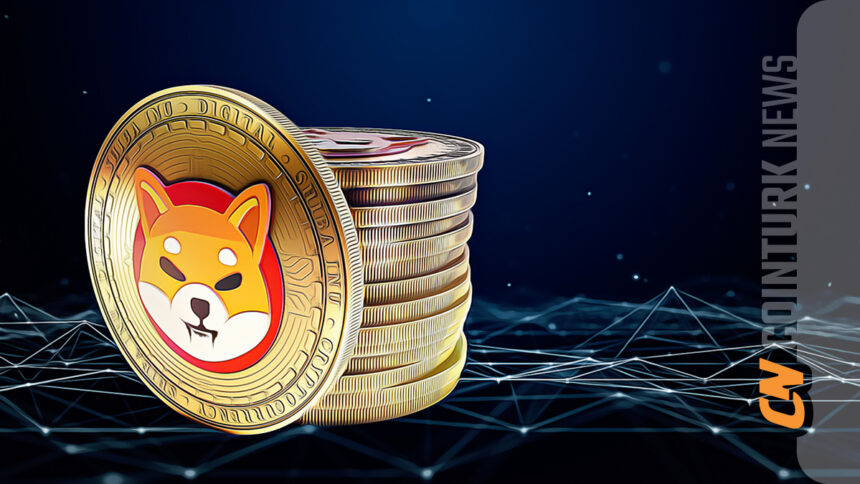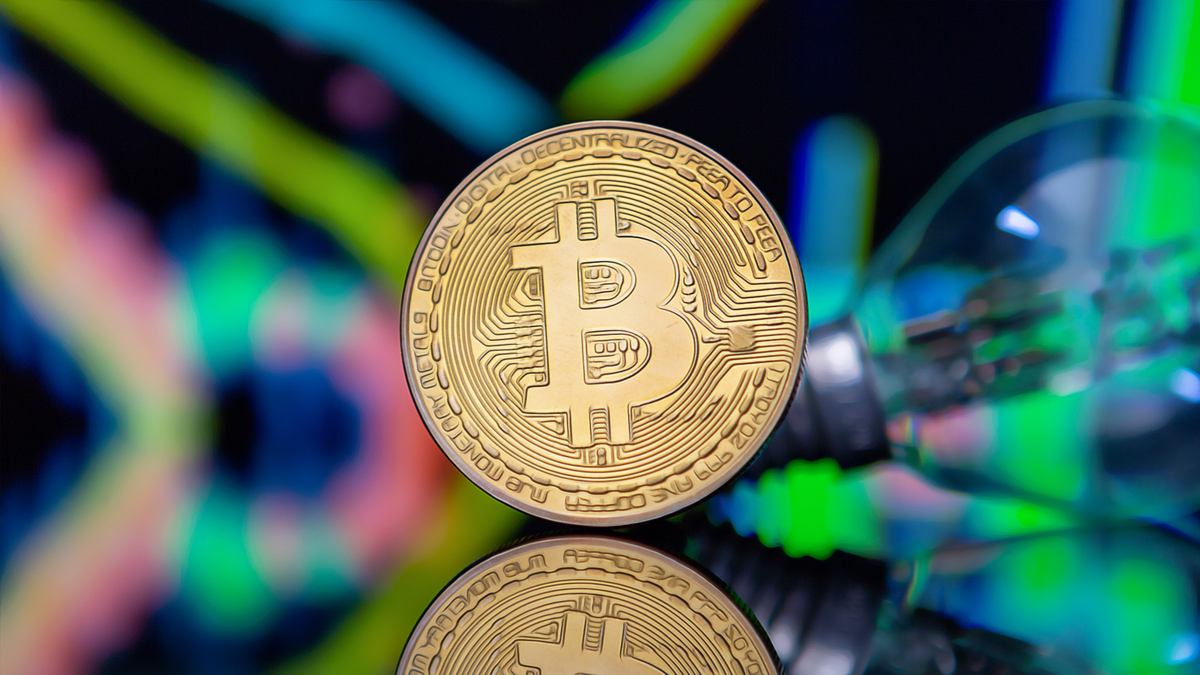Cryptocurrency investors are chasing opportunities in the Layer 2 network Base, which has seen a significant increase in network activity and the value of assets locked (TVL) due to the high hype surrounding memecoins mined on the network. Developed by the US-based major cryptocurrency exchange Coinbase on the OP Stack, Base is facing a significant increase in transaction activity, unique wallet addresses, and TVL, and Coinbase‘s direct access to the network has potentially made it the first network to be used by new individual users.
Base Network’s Memecoins Officially Take Off
It is noteworthy that the prices of some memecoins such as cat-themed toshi (TOSHI), thank you base god (TYBG), normie (NORMIE), and brett (BRETT) have increased by up to 1300 percent in the last 7 days, while their cumulative trading volumes have exceeded 1 billion dollars.
According to data provided by the crypto data and price platform CoinGecko, there have also been significant increases of over 90 percent in the last 7 days in the prices of tokens associated with projects like the decentralized cryptocurrency exchange Aerodrome’s AERO and Seamless’s SEAM.

Blockchain explorers show that transaction activity on the Base network has tripled from an average of less than 500,000 daily in recent months to over 1.5 million transactions per day. In addition, the number of unique wallet addresses has doubled to 65,000, reflecting the growing interest and participation in the network.
This increase in network activity has resulted in significant transaction fees of 1.8 million dollars for the network in the last 24 hours. However, as Optimism developer Michael Silberling pointed out, the memecoin hype has resulted in high transaction fees that exceed the fees paid by users before Ethereum‘s (ETH) Dencun update.
Trading Bots Fuel Problems
The increase in popularity of memecoins on the Base network has led to high transaction fees and network congestion, while trading bots have exacerbated the problem. Most transactions on the network are attributed to memecoin trading and trading bots designed to purchase tokens immediately after issuance, contributing to the network congestion and transaction bottlenecks observed in recent weeks.
The increase in network activity is a reflection of the growing interest in memecoins and their impact on networks. The need for scalability solutions to meet the rising demand and maintain network efficiency continues.

 Türkçe
Türkçe Español
Español










